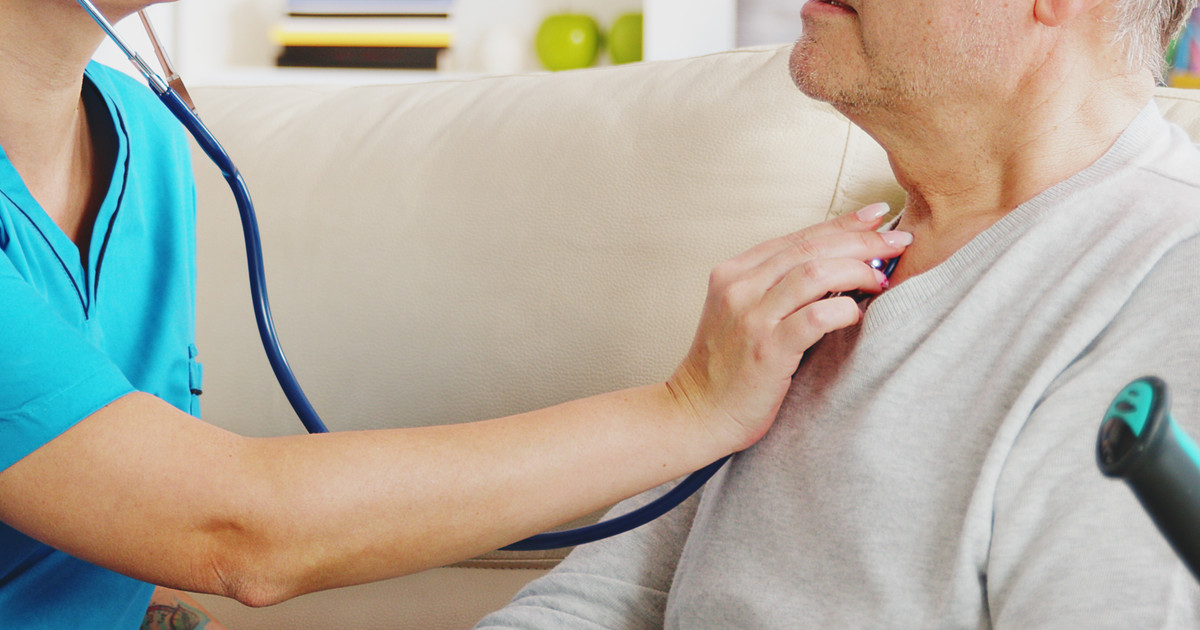What Is An Electrocardiogram?
An electrocardiogram seems to help doctors pinpoint issues with the electrical activity of a patient's heart. It should simply measure the electrical signals, not create electricity. This test may reveal the causes of chest pain, irregular heartbeats, and shortness of breath. Electrocardiograms appear to be quite common, and patients may have had at least one before. Most patients seem to get one when they visit the emergency room. They do not appear to cause any pain.
Many individuals may find that electrocardiogram monitoring is helpful. Some of them seem to use a portable ECG monitor for flexibility. These tests may help patients receive prompt and effective heart attack treatment. They also appear to allow patients to get effective treatment for arrhythmias. Electrocardiograms seem to be quite valuable. However, patients may want to understand more about them before getting one.
How The Procedure Should Work
The procedure seems to vary based on what type of electrocardiogram the doctor orders. After all, it seems that patients need a different test for various purposes. However, all electrocardiograms appear to require electrodes attached to the patient. It seems that they are attached to the patient's chest most of the time. Of course, patients may need electrodes on their limbs as well.
The heart should generate electrical signals naturally. The heart does not appear to be able to pump blood without them. The signals may begin in the sinus node and travel to other chambers of the heart. The electrodes in one of these tests should detect and record the electrical signals. It seems to send the recording to a device that then prints the results. This printout may be called an EKG strip. A doctor or technician appears to be the one who can interpret the results.
Learn about when this test may be used next.
When These Tests May Be Used
Electrocardiograms seem to be useful in many situations. Some individuals may have one done during a routine checkup. In other cases, doctors use them when they believe patients may have heart or lung problems. This may include when they suspect blocked arteries or an irregular heartbeat. Electrocardiograms seem to help determine if a patient had a heart attack. They may also reveal if the attack is still happening. Some heart and lung diseases may reveal themselves on the reports from these tests. They seem to appear as signs of low voltage.
Certain individuals may need stress tests. These appear to be the electrocardiograms that involve exercise. They may be warranted when patients have exercise-induced asthma or breathing issues during exercise. They may also check the success of a surgery. A stress test seems to help doctors know when progressive diseases are improving or worsening as well.
Get the details on the potential types of electrocardiogram next.

